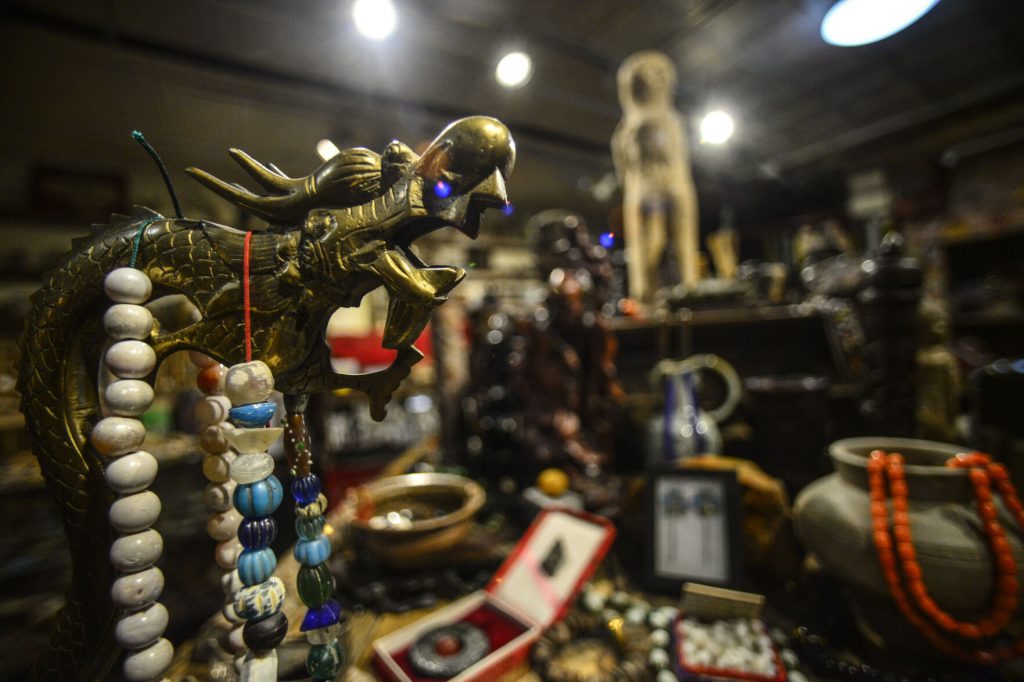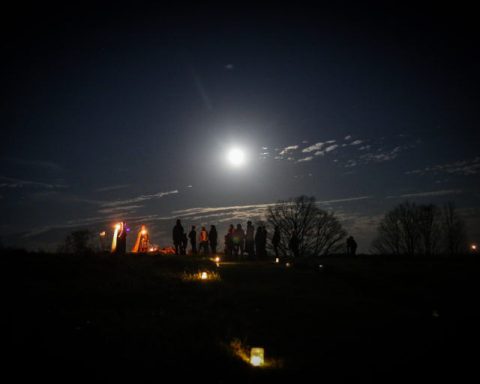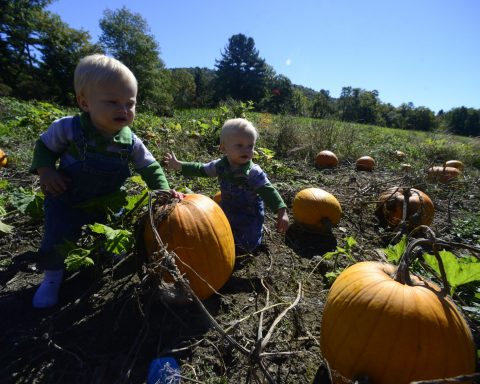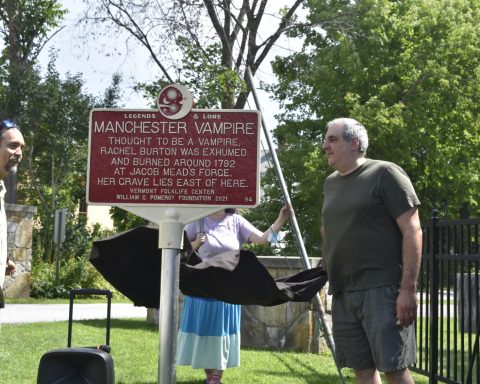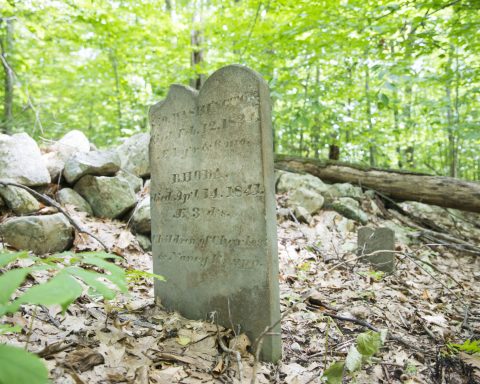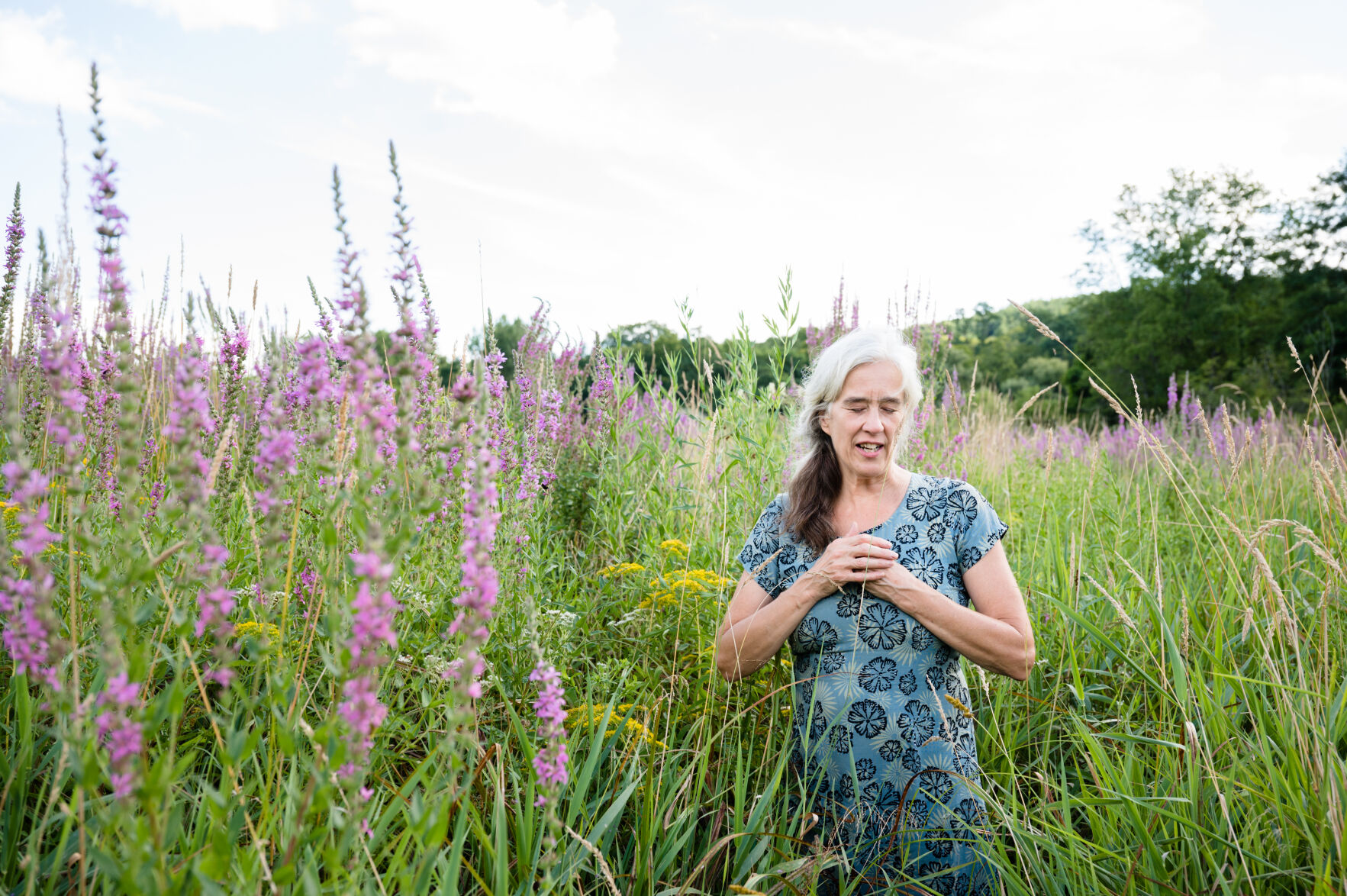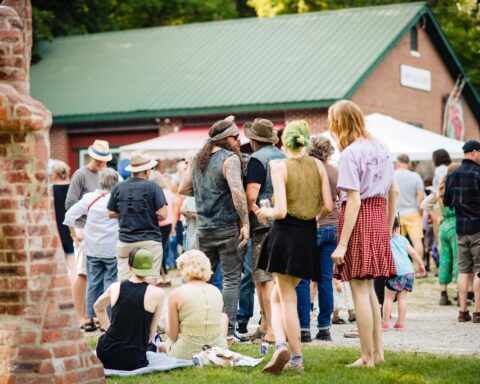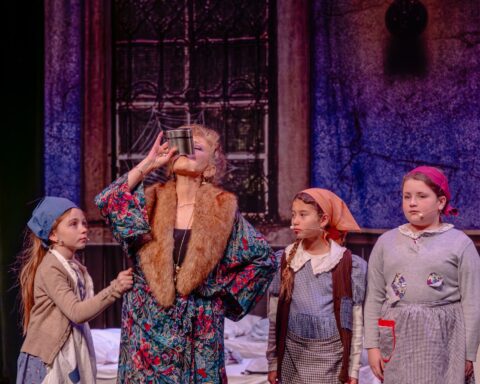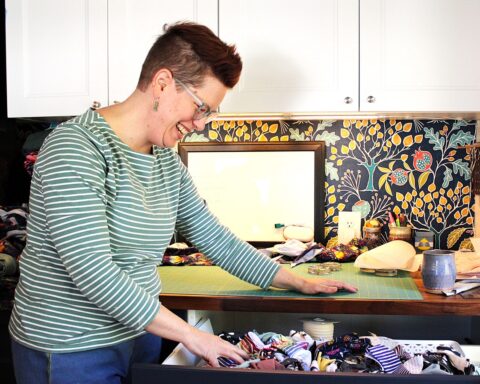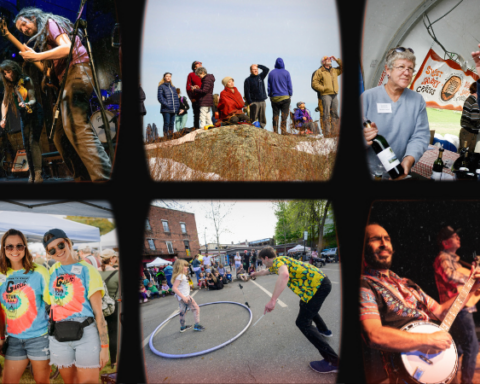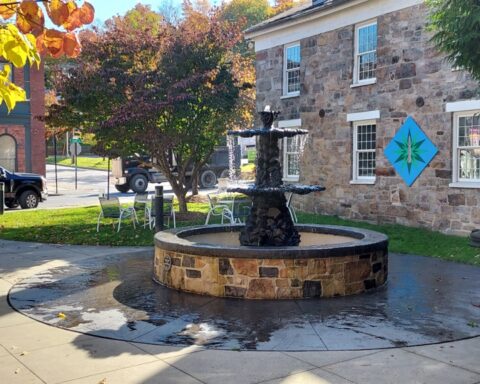History, currency and spirituality on display at Brattleboro museum
By Patricia Herlevi
Vermont Country correspondent
Before there were love beads, before the rosaries of Christian faith and long before vitamin pills, humans traded, prayed with and provided for their nutritional needs with beads. The earliest beads were made of cowry shells, gemstones and other natural materials.
Here in modern day Brattleboro, locals and visitors have the opportunity to learn about the history, an array of cultures and spiritual connections (animistic to modern religious practices) when visiting the Bead Museum in the basement of Beadniks, open on Saturdays.
As much a curiosity shop as an educational treasure trove, the Bead Museum is the love child of Brian Robertshaw, who began his journey in the beading world at age 10.
With 45 years of bead collecting, and acquiring stones and jewelry from estates stocked into the basement of the Beadniks shop, the proprietor can fill visitors with fascinating information while they view his extensive collection.
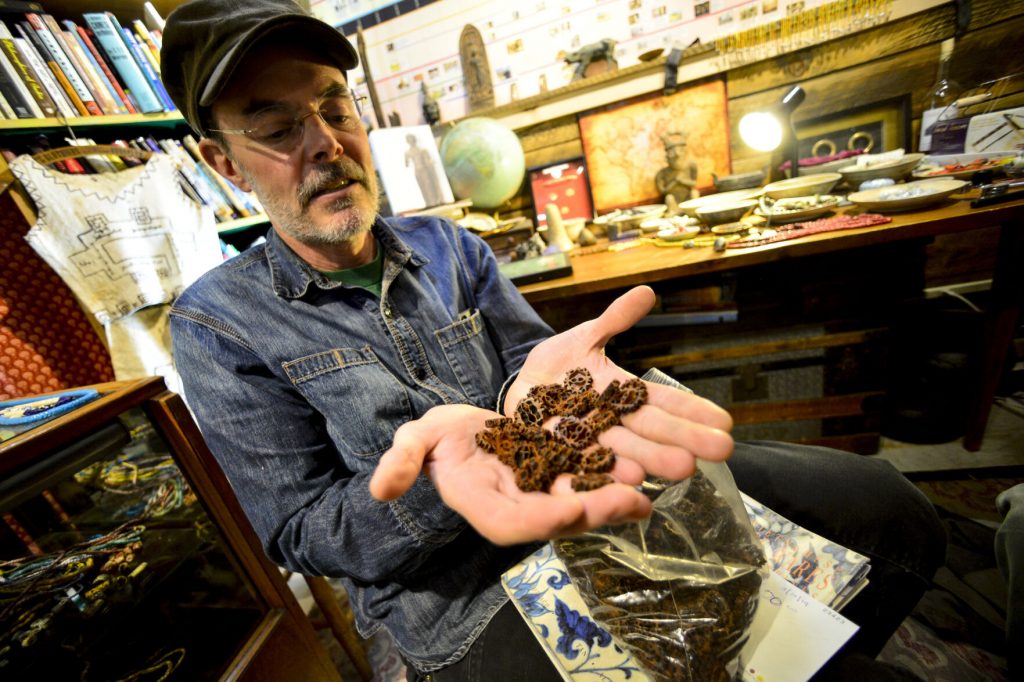
Robertshaw’s journey into the realm of beads began with a coin, dated 1788, which he found in his backyard.
“I took it over to the neighbor’s house (a wise elder) and showed the coin to him. He took out a coin book and showed me its history, and he said, ‘This was one of the first coins made in America!’”
Curious, Robertshaw asked the neighbor what humans used as currency before coins. He learned that, beforehand, humans traded beads.
“I left thinking that beads must be older and cooler than coins, and that’s where it began for me.”
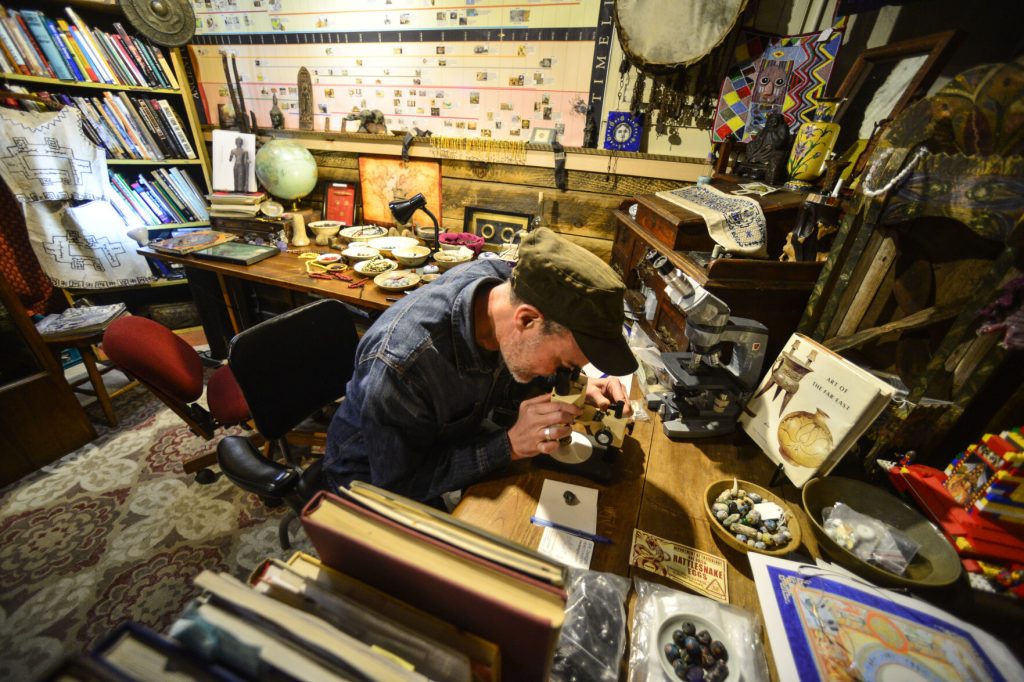
All cultures, from prehistoric to modern, found uses for beads. Think of the lapis lazuli beads of ancient Egypt that held spiritual significance; the turquoise beads found in Tibetan monasteries and with the Indigenous people of the American Southwest; or mala beads sold in new age shops?
What we don’t see as much in this modern age are cowrie shells, which originate in ancient Africa and were highly valued in cultures ranging from Europe to the African continent, even showing up with American Indians.
Robertshaw shared his theories about the value of the mollusk shell, which involve calcium, a required mineral in the human diet.
“Archeologists found them scattered throughout the world (Africa, Asia, Europe), where early remains of our hominid ancestors lived and camped,” he said.
“My theory is that they were a tool for survival, such as a mineral supplement that contained 95 percent calcium and a parasite killer (both internal and external). The shells were made into perforated beads, not necessarily for jewelry, but to enable humans to carry them without the use of hands that they needed for carrying their spears,” said Robertshaw.
What we know as collectable gemstones (which modern people use for jewelry, energy/healing and magical purposes) once provided necessary minerals, such as calcium and iron. According to Robertshaw, orange stones, such as carnelian (an agate) provided iron, which was scraped off the stone in small amounts and then ingested. Turquoise provided copper, and sodalite provided humans with sodium.
He brought out the Bible-thick “Essentials of Tibetan Traditional Medicine,” which provides medicinal information for 200 plants and 80 minerals. Other sources are packed into the shelves of the museum.
Beads also show up in religious and spiritual practices, past and current. According to Robertshaw, the fifth century Anglo-Saxon word “bid” means “to pray,” and prayer beads have been with us for thousands of years. In Eastern religions, people pray with mala beads. Catholics still pray with rosaries. Some folks collect mala beads, because of the semi-precious stones made into beads.
For years, Beadniks has been the Southern Vermont nexus for bead collectors, hobbyists or the fashion conscious, using Robertshaw’s eye and expertise as their launching point.
“I’ve kept an eye out for beads wherever I travel, but most have come from dealers and other collectors,” Robertshaw said. He has been in the bead business since 1989 and has established connections. Plus, the world of bead collectors is pretty tight — a “niche” hobby.
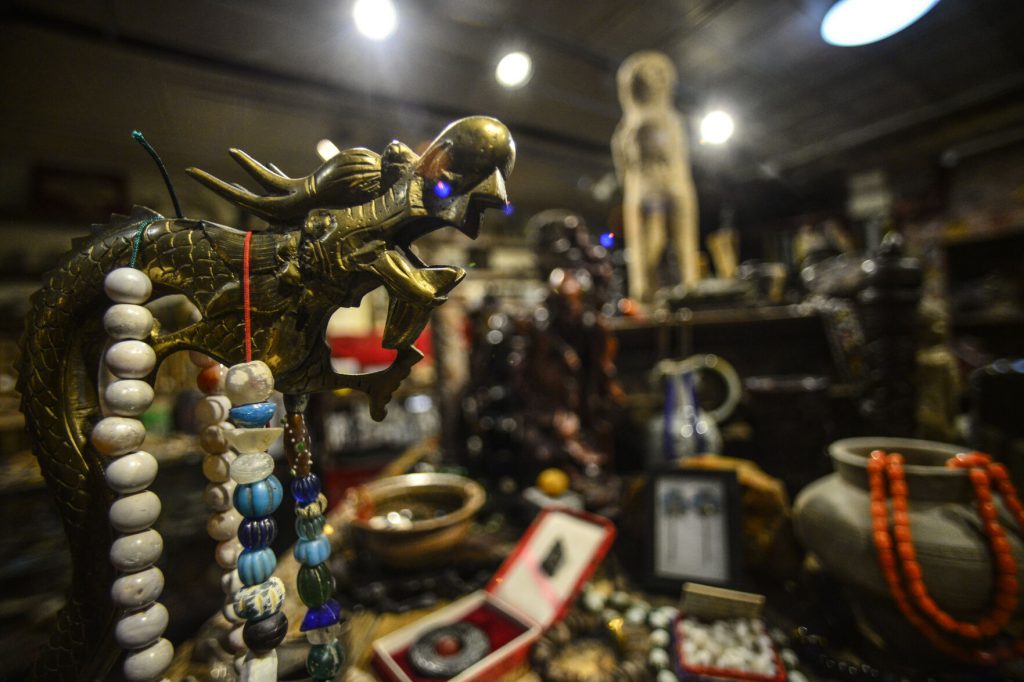
Bead collecting has grown much over the years with many new books on the subject, plus the internet making world communication easy, Robertshaw said in an email interview.
“I can often find beads at flea markets, antique stores and secondhand shops, because beads have a long shelf life, and if you know what to look for, they tend to be out there.”
As far as the majority of the museum’s collection, “My favorite was one collector and mentor who had a vast collection and wanted to start a museum [but] passed away. His family asked me to help, and they told me how they wished he could have done the museum … those beads make up a fair amount of what we have on display in our gallery.”
Robertshaw said his application for a nonprofit status for the museum is pending, and that he’ll be launching a museum website soon.
